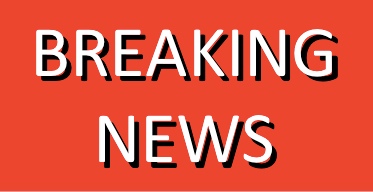Main Content
Lesson 2 Identifying the Problem or Goal
Lesson 2 Overview
Introduction

If you work in the strategic communications office for an airline, you can predict some of the most serious problems you and your colleagues may be called upon to help solve or address. You should have a very well-developed playbook ready day or night to address a deadly crash. You can anticipate that there are going to be stories prompted by passengers being grounded on a tarmac somewhere for hours on end, flights delayed because of mechanical problems, passenger injuries because of turbulence, and complaints about the cost of flying increasing and the space between the seats decreasing. Employee strikes will, sooner or later, ground planes and your customers.
Similarly, if you work in public relations for a cruise line, there must be tried-and-true protocols spelled out in great detail for use when hundreds of passengers get a stomach bug on board one of your ships, or a passenger goes missing and is presumed lost overboard at sea in the middle of the night. Or perhaps the engines of your biggest ships go dead in the water along with vacation plans for several thousand passengers. In the cruise industry, the communications staff expects hurricanes, shipboard fires and maybe even armed pirates.
If you manage communications for a politician in Washington, you expect attacks from those who support a different political party. A large police department in a major city will, of course, sooner or later come under scrutiny and perhaps protests from the public concerning the treatment of a suspect. Or it may have to deal with the crushing aftermath of the shooting death of one of its own officers.
One of the most important parts of dealing with a crisis or a communications challenge is preparing for it in advance. You may not know the specifics, but certain businesses, careers or initiatives lend themselves to some predictability.
For example, working in higher education at a large university, you know there will be student drinking problems, faculty inviting controversial speakers to campus, cases of hazing, tuition increases, student athlete violations and inappropriate costumes at Halloween parties. The date and the details are not usually known in advance, but the administration has an opportunity to think about these issues before they occur, and the public relations or strategic communications staff can lead those conversations.
Objectives
Here are the objectives for this lesson:
- Analyze your client’s, firm’s, organization’s or institution’s situation for potential challenges and opportunities.
- Identify circumstances that may leave your organization most vulnerable.
- Develop response plans that will serve as a road map should a challenge suddenly emerge.
- Illustrate how resources can be put in place to take advantage of opportunities that can enhance your organization’s reputation, increase sales or build public support.
Readings & Activities
By the end of this lesson, make sure you have started to become familiar with the websites listed for this section and completed the readings and activities found in the Lesson 2 Course Schedule.
